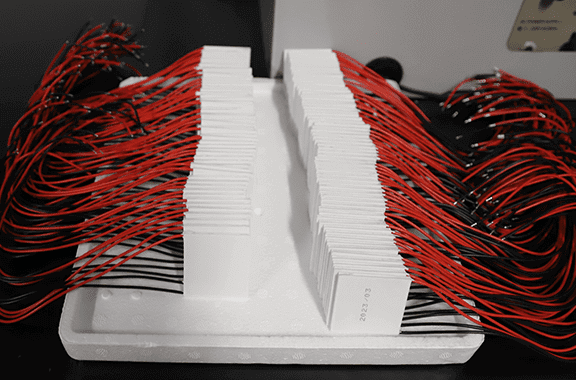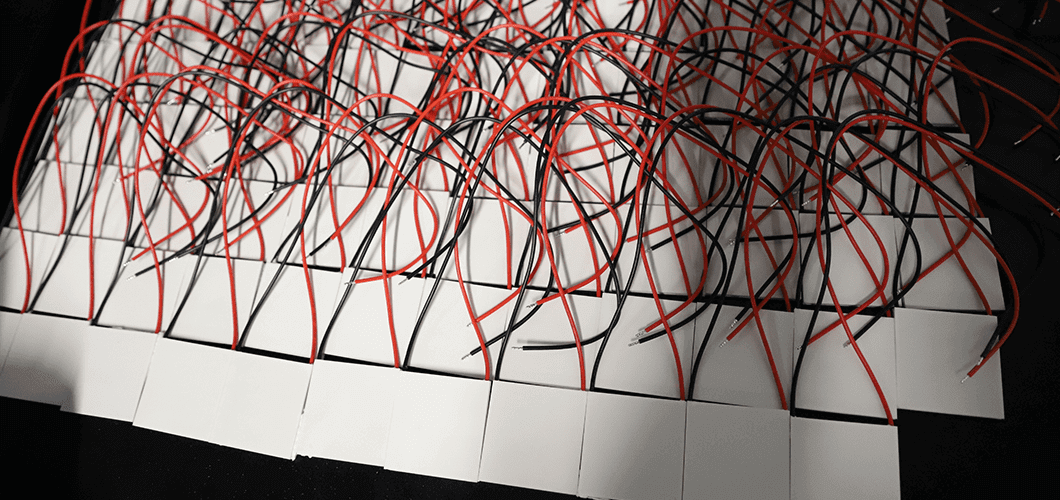Release time: July 21, 2023
Views: 1197

In the actual experience and test, it is found that the reasons for the failure of the cooler mainly include the following four aspects:
1. Thermal stress:
Failure mechanism: When the TEC works, one side absorbs heat and one side releases heat, and the two sides work at different temperatures. Because the thermal expansion coefficients of semiconductor materials and other components (copper conductors and ceramics) are different, thermal stress is generated between the thermoelectric material inside the cooler and the deflectors and ceramics, and it is necessary to work for a long time, especially for frequent heating and cooling. After working, defects or even cracks are formed at the joint between the thermoelectric material and the deflector, causing the cooler to fail.
2. Electrochemical corrosion:
Failure mechanism: When the thermoelectric cooler is used, the temperature of the cold surface will generally drop below the dew point. If the seal of the cooler is not good, water vapor will enter the interior of the cooler, and electrochemical corrosion will be caused when the power is turned on, which will cause an internal short circuit of the thermoelectric cooler and affect the use effect. In view of this failure mechanism, in the general cooler design, silicon rubber or epoxy resin should be sealed around the cooler, which can alleviate the electrochemical corrosion caused by water vapor immersion to a certain extent. on general occasions.
3. Material migration (diffusion):
Failure mechanism: During the long-term use of the thermoelectric cooler, the copper element in the deflector and the tin element in the solder will diffuse into the cooler material, causing defects or even fractures at the joint, and at the same time reducing the performance of the semiconductor material and eventually invalidated.
4. Semiconductor crystal damage:
Failure mechanism: Defects such as cracks will occur during the formation and processing of semiconductor materials. Each thermoelectric cooler is composed of many pairs of semiconductor materials, which are equivalent to many solder joints after welding. After the thermoelectric cooler is used for a long time, especially when the working voltage is close to the maximum temperature difference voltage, the difference between the defects of the semiconductor material itself and the solder joints gradually expands, and the heat generated by the defect point is greater than that of other parts, which eventually leads to the circuit breaker of the defect part. Work.

Looking for more
information?

0755 23405284
Email: sale02@hj-tc.com
Add: 3/F No.5 Building,Yesun Pingshan Life and Health Technology Park, No. 19 Linhui Road,Pingshan District, Shenzhen, Guangdong,CN.
©2019- 2024 Huajing Co.,Ltd.Copyright